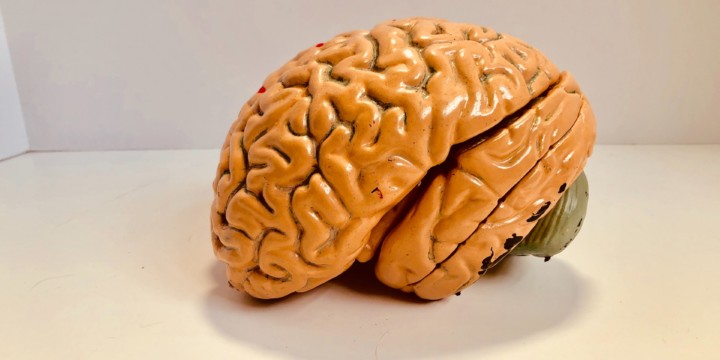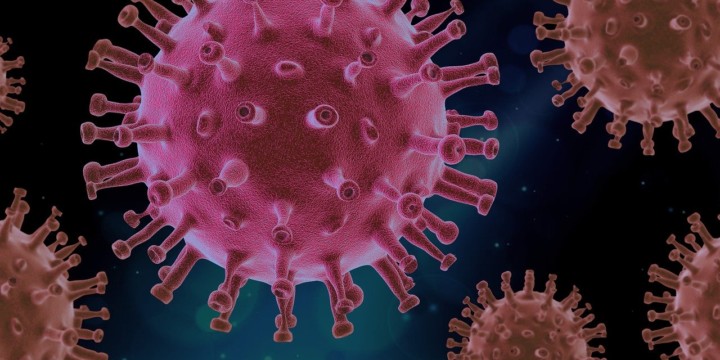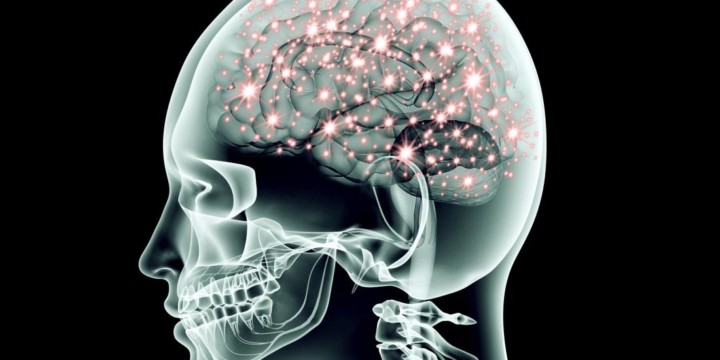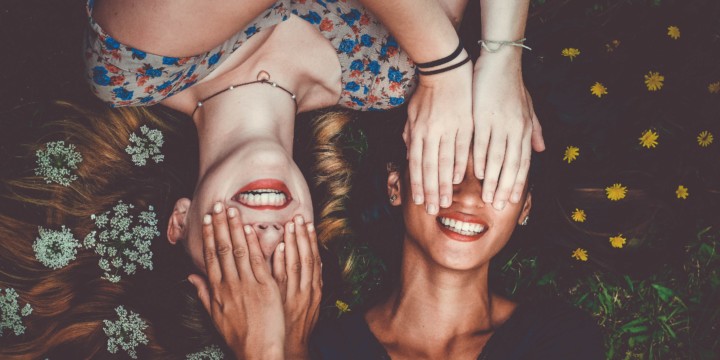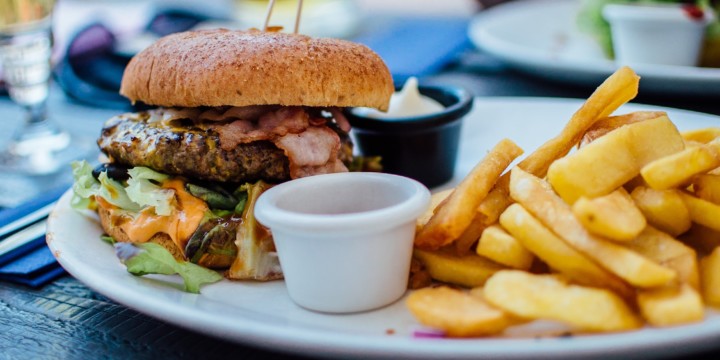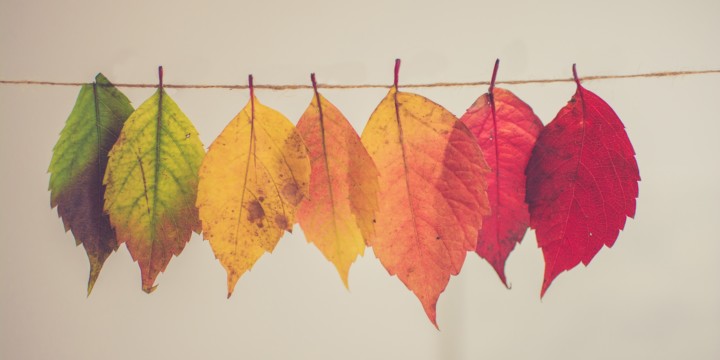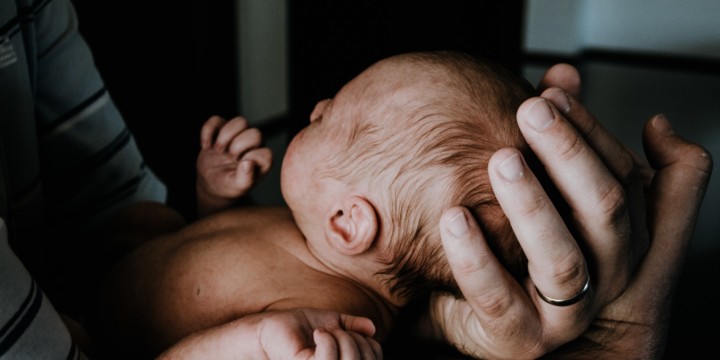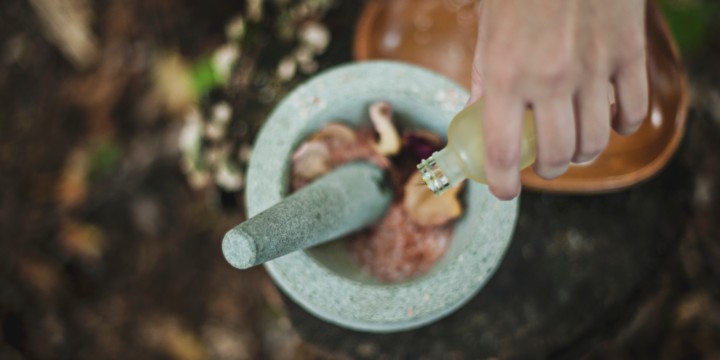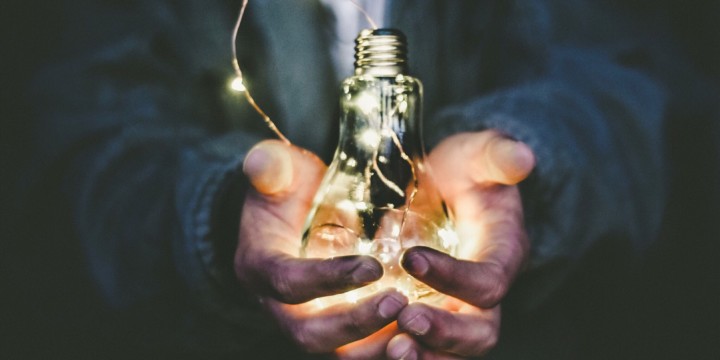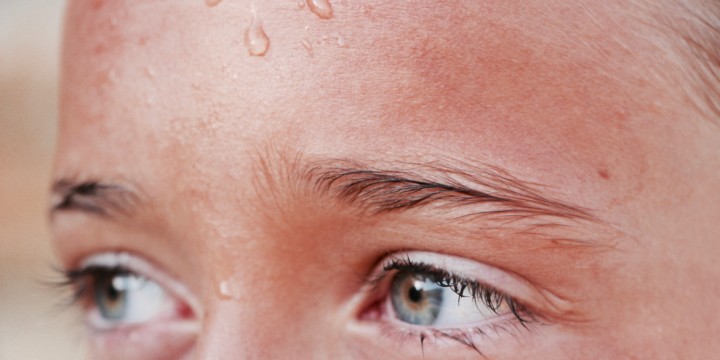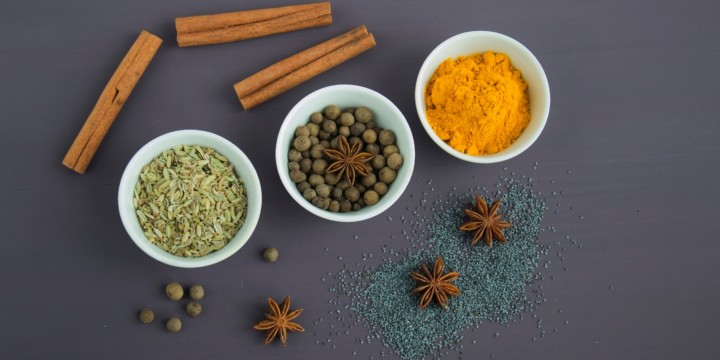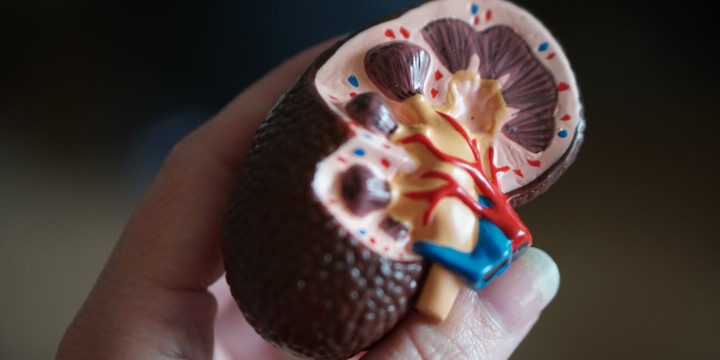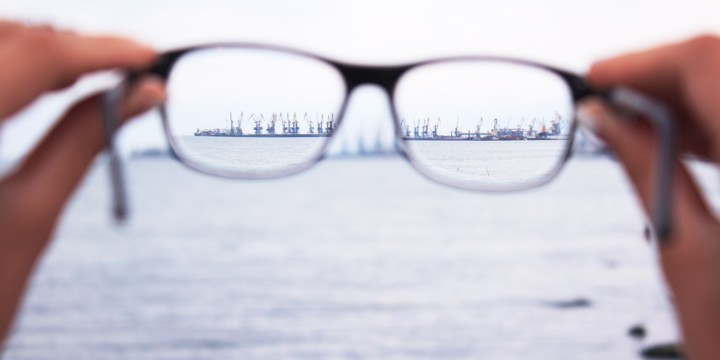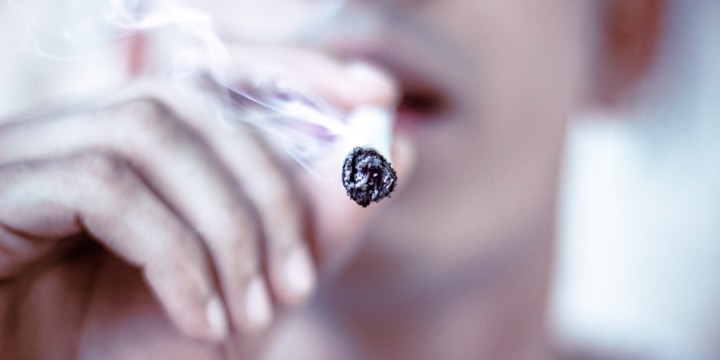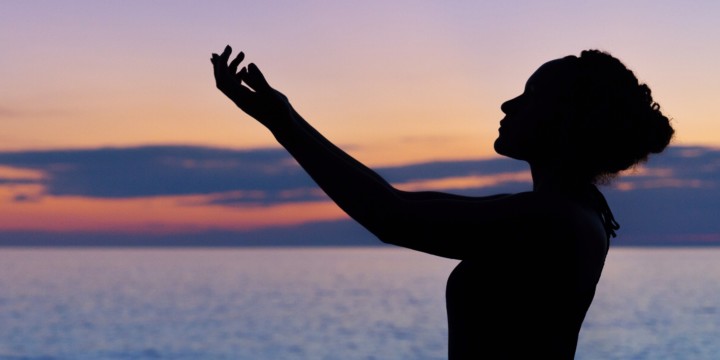Physiology of Varicose Veins
Large dilated veins in often appear in the lower limb, most commonly observed in leg and feet. the valves present in the veins lose their potency causing accumulation of blood which leads to dilatation of the veins.
Causes of Varicose Veins
- Pregnancy/ abdominal tumours
- Obesity
- Occupational causes that require the person to stand for long hours at work, eg; teacher, bus conductors, painters, chefs and athletes
- Sedentary lifestyle
- Old age
- Portal hypertension
Symptoms of Varicose Veins
- Greenish or dark purple swollen, cord-like veins in the lower limb
- Ache or pain in the leg
- Varicosity in the veins increase after exercise or at night
- Any bleeding may take a longer time to clot in the affected leg due to an accident
- Darkening and itchy skin in the affected region
- Ulceration of the skin near varicosity due to prolonged stagnation of the blood
Treatment of Varicose Veins in Allopathy
-
After a thorough history and examination, treatment is planned. If the varicose veins are asymptomatic and the patient is not bothered by the sight of the varicose veins no treatment is required, exercise, compression stocking and foot elevation should suffice.
In symptomatic cases, non-conservative methods are used.
- Ligation and vein stripping is a surgical procedure performed under anaesthesia
- Sclerotherapy where a chemical is injected into the vein which seals off the veins
- Radiofrequency ablation is performed under local anaesthesia where the radiofrequency energy is used to collapse the veins sealing it off.
- Endovenous laser treatment where a small laser is threaded into the target vein; it delivers short energy bursts that heat up the veins and sealing them off.
Ayurveda and Varicose Veins
According to Ayurveda imbalance in Vata dosha is the main cause of varicose veins. Imbalance in Vyana Vata causes increased pressure affecting the valves and elasticity of the veins. Once the stagnation of blood in the veins occurs, an imbalance in Ranjaka Pitta can lead to ulcer formation in the skin. Thus restoring Vata imbalance becomes the main goal of treatment followed by pitta imbalance in advanced cases.
The treatment in Ayurveda focuses on balancing the doshas, detox and rejuvenation of the body.
Ayurvedic Therapies or Panchakarma
- Veshtana (wrapping of cloth or crepe bandage) gives symptomatic relief from pain and heaviness caused due to varicose veins
- Raktamokshana (bloodletting) and Jaoul Avachara (leech therapy) are found to be effective in treating varicose veins as it is a great way to detoxify the blood.
- Regular massages (without pressure) with Pinda taila or Madhuyashtyadi thailam is very effective in reducing pain, works well for mild varicosity and prevents further progress of the disease.
Ayurvedic Diet
- Cooked, warm and small portion meal is advised to pacify Vata imbalance.
- Consume meal that consists of organic vegetables, fresh fruits, whole grains, proteins, also make it a point to include spices such as garlic, ginger and onion in the diet as these work to restore Vata imbalance
- Citrus fruits work miraculously to restore Vata vitiation
- Red meat, fried and spicy food will aggravate the symptoms.
Lifestyle modifications
- Gentle exercises, yoga and pranayama are beneficial. Vigorous exercise and excess walking will worsen the symptoms.
- Sleep is essential. Adequate night sleep benefits restoration of Vata Dosha.
- Elevate your legs when sitting for longer duration and take frequent breaks to restore circulation.
- Keep alternating weight to both the legs while standing up for a longer duration.
Ayurvedic herbs
- Herbal drugs made of Manjistha, Arjun’s, Punarnava, Guggulu, Triphala, Amalaki and Ashwagandha help to strengthen valves of the veins and promote a healthy venous circulation in the body.
- Triphala churna mixed with Pinda taila or Madhuyashtyadi thailam applied on varicose leg relieves pain and enhances circulation.
- Kaishore Guggulu cleanses the blood and restores the elasticity of the veins
- Chirabilvadi kashaya balances Pitta dosha related to blood and promotes blood circulation
- Maha Manjishtadi kashayam cleanses the blood and promotes healing of ulcers caused due to varicose veins.
Yoga and Pranayama
Practising yoga daily can alleviate pain, promote drainage of blood into the heart, prevents accumulation of lymph and reduces pressure. Overall it prevents worsening of the condition.
Asanas such as Tadasana (mountain pose), Uttanasana (standing forward bend), Viparita karani (legs up the wall), Pavanamuktasana (wind relieving pose), Navasana (boat pose), Sarvangasana (shoulder stand pose) and Matsyasana (fish pose) are known to be beneficial if practised regularly.
Pranayama such as Bhramari pranayama, Anulom vilom and Omkar recitation is known to be beneficial in treating symptoms associated with varicose veins.
Naturopathy and Varicose veins
Naturopathy emphasises on correction of posture, lifestyle and identification of the underlying causes to treating varicose veins
Detox and other remedies
A thorough detox of the body helps to cleanse the body and improves the blood circulation. Colon hydrotherapy, fomentation, kidney and liver packs all help in improving the general health of the
A decoration of Ajwain and ginger taken daily on empty stomach cleanses the blood off the toxins and improves the vitality of the tissues.
Natural Diet
- Seasonal fruits, berries, cherries, yoghurt, whole grains, pulses and lentils are rich in B vitamins that promote the healing of ulcers of any kind and strengthen the vessel wall.
- Vitamin C aids circulation strengthens vessel walls and prevents dilation of veins. Gooseberry, lime, orange, grapes and melons are found to contain plenty of it.
- Importance of vitamin A cannot be emphasized enough as it facilitates ulcer healing. Vitamin A is found plenty in carrots, pumpkins, green leafy vegetables and sweet potato.
- Almonds are rich in vitamin E, promotes healthy blood circulation
- Zinc is very essential in treating ulcers, fruits and nuts are rich in zinc and are beneficial if consumed regularly.
Lifestyle changes
- Make efforts to lose weight if obese by following a healthy diet and regular exercise.
- Stay active indulge in massages as it helps to relieve stress and improve circulation
- Avoid tight clothing as it can hamper blood circulation
- Avoid standing for long periods as it can cause stagnation of blood in the veins for a person suffering from varicosity. Elevate the leg using a stool while sitting.
- Smoking and alcohol consumption is one of the causative factors for varicosity in veins.
- Wearing stockinette in the affected leg can relieve pain and swelling.
Botanical Herbs
- Grape seed extracts are very effective in treating venous disorders and improves circulation
- Application of chestnut oil or castor oil reduce pain, itching and inflammation in the affected leg
- Garlic improves blood circulation and beneficial when consumed in empty stomach
- Juice of Pongamia pinnata with one teaspoon of honey promotes elasticity of blood vessels and reduces swelling caused due to varicosity
- A paste made of holy basil and turmeric mixed in aloe vera and applied to the affected leg regularly for 10 days, relieves pain and itchiness caused due to varicose veins.

